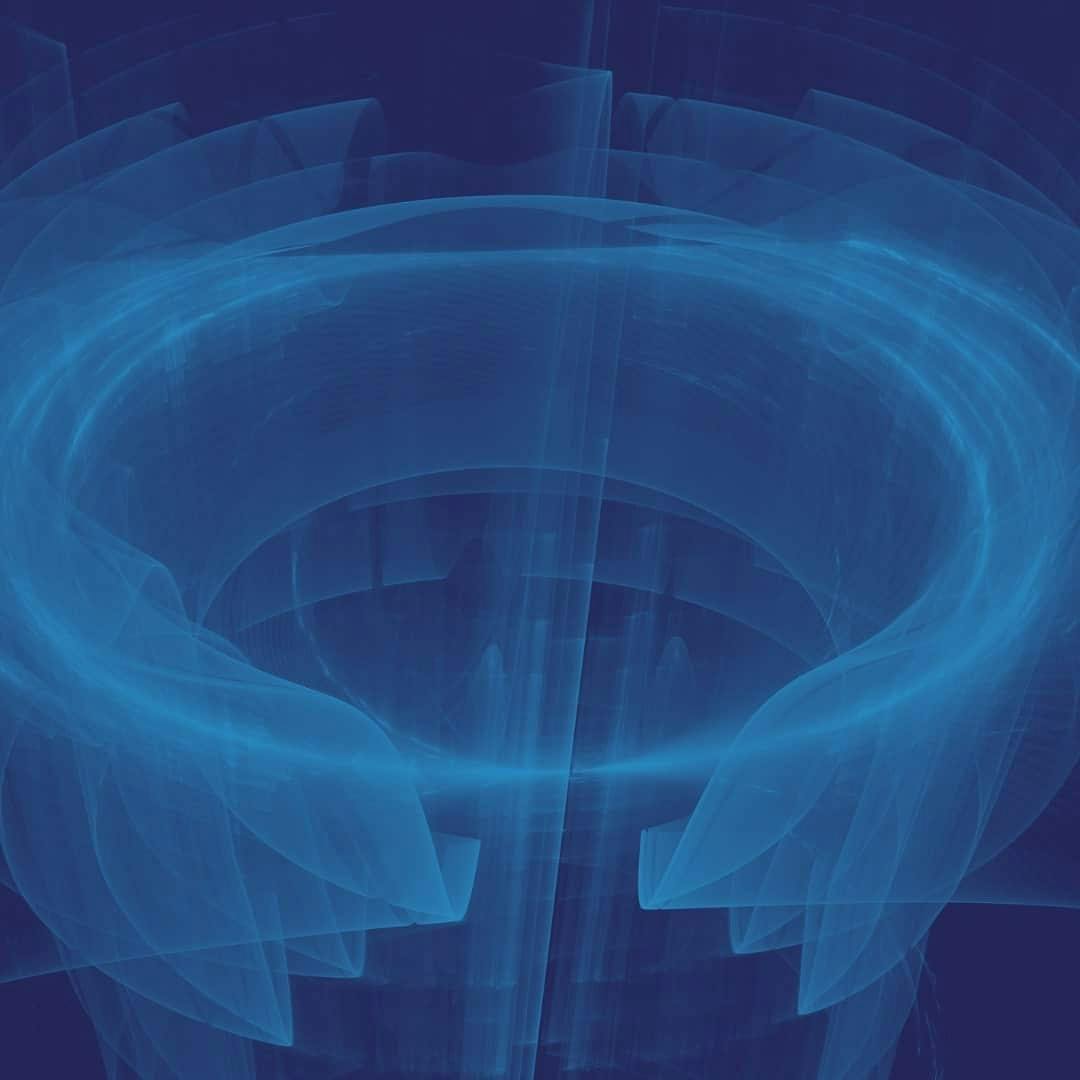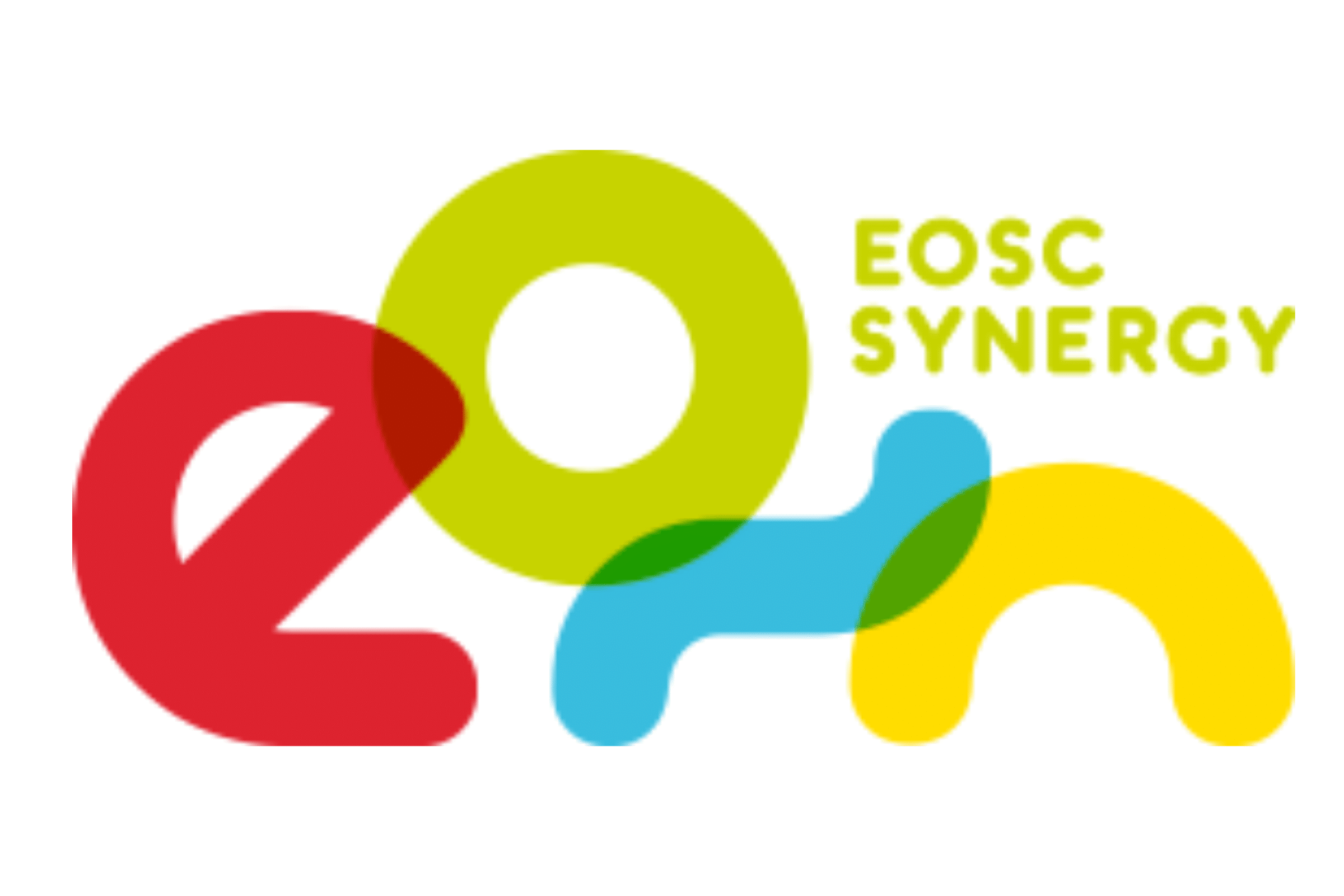LAGO is a collaborative organization of Iberoamerican institutions operating the Latin American Giant Observatory, a network of astroparticle detectors operating in 10 LA countries for research in high energy astrophysics and space weather phenomena.
LAGO

About
The LAGO detection network consists of single or small arrays of particle detectors at ground level, spanning different sites located at significantly different latitudes (currently from Mexico up to the Antarctic region) and different altitudes (from sea level up to more than 5000 meters over sea level), covering a huge range of geomagnetic rigidity cut-offs and atmospheric absorption/reaction levels. The measurements collected from these detectors are ulteriorly processed and analysed. Additionally, a huge amount of data is continuously generated using computational models to reproduce the expected signals of any detector operating in any weather and geomagnetic conditions at any place around the World.
The LAGO Project is operated by the LAGO Collaboration, a non-centralized and distributed collaborative network of 104 scientists from 31 institutions in 11 countries.

The challenge
From the beginning of the LAGO Collaboration, several threats were identified related to the management of the generated data and shared resources: i) the lack of computational and storage resources having a common accessibility method and without compatibility issues among platforms; ii) the absence of effective mechanisms for the curation and sharing of the generated data; and iii) the difficulty of coordinating the development, tracking and deploying the official releases of codes.
Several initiatives were proposed to face these problems, achieving a different degree of success. Within LAGO, storage and cluster facilities were offered by some institutions but unified access was not yet established, they are usually non-exclusive and provide a limited environment.
The complexity and size of LAGO Collaboration made necessary a joint approach that assures the continuity of the research programs in Latin America.
The solution
The objective is to enable the universal profit and contribution of this research, within and outside LAGO Collaboration, through a sustainable Virtual Observatory and standardised computational model. These objectives can only be achieved in federated, open, and non-privative environments, which must integrate the mechanisms for publication and curation of large datasets. This is, LAGO needs a procedural and computational ecosystem focused on continuous research by a large community of scientists.
Thanks to the creation of the LAGO Thematic Service within the EOSC-Synergy project and to the continuous and kind support from several infrastructure providers, being CIEMAT, CETA-CIEMAT, CESGA, ICFA, BIFI
The EGI Cloud Compute for distributing the computational load to a scalable and flexible computing platform by user-demand. Virtualisation allows researchers to obtain the computational environment required by LAGO software.
The EGI Check-in, to enable delegated identification and granting access to EGI services.
The EGI DataHub, to store, publish, and re-use results and metadata. It allows researchers several ways to access the data and metadata of their interest. Collaboration members can directly explore the directory tree at the web service or mount it on their PCs.
Services provided by EGI
Impact
around the world
used to produce a cloud-stored library
of 1013 cosmic rays showers
Highlights
LAGO also uses several EOSC services, such as:
The GRyCAP/UPV IMandGRyCAP/UPV EC3 services for orchestrating the resources instantiated from the EGI Cloud Compute in an easy and dynamic way.
The GÉANT EduTeams Perun to enable user registration, authenticated and authorised access to the LAGO VO portal and to the underlying distributed computing infrastructure via delegation of credentials. Managing the VO with Perun at GÉANT was considered because of flexibility and their long-term support to Latin American users.
Thanks to the EGI infrastructure and services provided and to the EOSC-Synergy project, we were able to develop new astrophysics applications with social impact.
Hernán Asorey, Scientific Researcher at the Medical Physics Department (CNEA)

